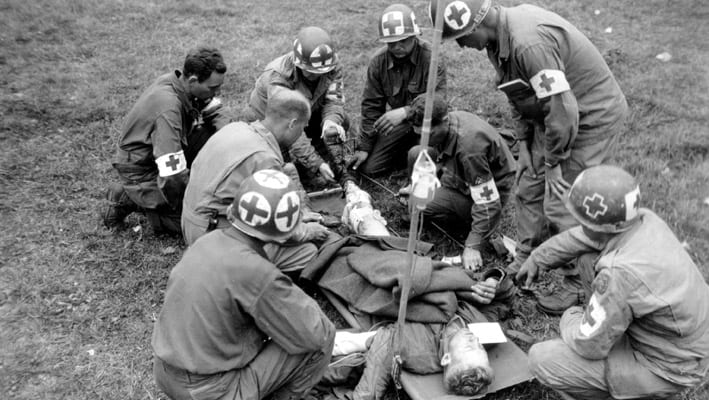If you’re in the food and drink industry, any of these mistakes can become disastrous for your business, with an increased risk of customers becoming sick from food poisoning.
Not washing hands properly
Always wash your hands when handling food, preferably with soap. Wash for at least 20 seconds. If soap is not available or hygiene is extremely important, washing for 40 seconds should suffice in most circumstances. It’s also important to keep fingernails short. Brush under your nails as this is a favourite hiding place for bacteria.
Testing for spoilage by tasting it
Make sure that your staff are warned against doing this and that they are made aware of the storage times for certain foods.
Putting cooked meat on a plate with raw meat
Cooked meat, at this point, is relatively free of contaminants and should never be put on a plate where raw meat has been placed. It would defeat the other purpose of cooking (aside from improving taste) by putting the contaminants back on the cooked meat.
Improper thawing
Leaving food to thaw at room temperature gives dangerous microbes the best opportunity to multiply. To properly thaw foods, it can be cooked, left in cold water (change every 30 minutes) or microwaved.
Washing raw meat or poultry
It might seem counter intuitive but washing these perishable items can spread the microbes on everything in the sink.
Not storing food in the fridge immediately
Left over foods or ingredients should be stored in fridges or cold rooms as soon as possible.”
Eating raw cookie dough, cake mixes, etc. or other foods with uncooked eggs
Anything with uncooked or undercooked eggs has the potential to carry salmonella and should never be consumed, until thoroughly cooked.
Leaving meat or seafood to marinate
Germs can multiply extremely rapidly when food is left at room temperature. To remedy this, only marinate meat or seafood in the refrigerator.
Using raw meat marinade on cooked food
Causing the same problem as cooked meat on the same plate as raw meat, raw meat marinade should not be used on cooked food as it may cause contamination.
Under cooking food
Always use the recommended minimum cooking temperatures, as well as a food thermometer when cooking. The cooking temperature should be enough to kill most of the harmful bacteria.




